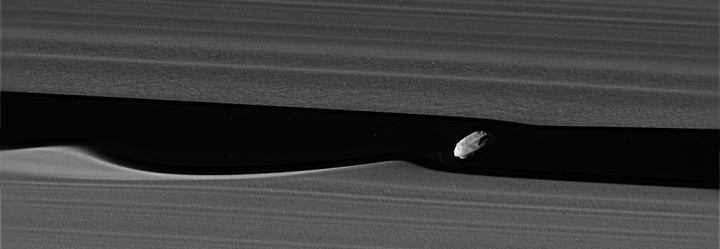The private weather industry moves forward
Link here. Key quote:
Early next month, aerospace start-up Spire Global of Glasgow, UK, will send a mini-satellite into space aboard an Indian government rocket. This ‘cubesat’ will join 16 others that are beaming a new type of atmospheric data back to Earth — and some scientists worry that such efforts are siphoning funding away from efforts to push forward the science of weather forecasting. Spire will begin providing observations to the US government on 30 April.
The probes track delays in radio signals from Global Positioning System (GPS) satellites as they pass through the atmosphere — a technique known as radio occultation. Researchers can use the data to create precise temperature profiles of the atmosphere to feed into weather-forecasting models — and eventually, perhaps, climate models.
Spire and its competitor GeoOptics of Pasadena, California, are participating in a pilot project announced in September by the US National Oceanic and Atmospheric Administration (NOAA), which is under pressure from the US Congress to determine whether it can cut costs by using commercial weather data. But scientists worry that such efforts are hampering the development of radio occultation. For years, they have sought federal funding for a project to advance the technique, but Spire and its competitors say they can offer high-quality data for a fraction of the price. [emphasis mine]
The quotes I have highlighted illustrate the hidebound leftist scientific opposition to introducing private enterprise into weather research. The article, published in the journal Nature, never once articulates in any way how these private efforts will hurt scientific research. What it does show is that the private effort will cost a tenth of the government effort while getting launched much faster. The money, however, will go to these private companies, and not the scientific factions that up until now have lived on the government money train.
The complaints here are the same as those I saw in NASA back about a decade ago when NASA first considered hiring private companies to provide it cargo to ISS. This is a turf war. NOAA is now being pressured by Congress to do the same: stop building big expensive weather satellites and buy the service for much less from the private sector. The scientific community sees this as a threat to its funding and is trying to stop it.
With Republicans controlling all three branches of the federal government I think this opposition will be fruitless, and we shall see the shift to private enterprise in weather data-gathering to accelerate.
Link here. Key quote:
Early next month, aerospace start-up Spire Global of Glasgow, UK, will send a mini-satellite into space aboard an Indian government rocket. This ‘cubesat’ will join 16 others that are beaming a new type of atmospheric data back to Earth — and some scientists worry that such efforts are siphoning funding away from efforts to push forward the science of weather forecasting. Spire will begin providing observations to the US government on 30 April.
The probes track delays in radio signals from Global Positioning System (GPS) satellites as they pass through the atmosphere — a technique known as radio occultation. Researchers can use the data to create precise temperature profiles of the atmosphere to feed into weather-forecasting models — and eventually, perhaps, climate models.
Spire and its competitor GeoOptics of Pasadena, California, are participating in a pilot project announced in September by the US National Oceanic and Atmospheric Administration (NOAA), which is under pressure from the US Congress to determine whether it can cut costs by using commercial weather data. But scientists worry that such efforts are hampering the development of radio occultation. For years, they have sought federal funding for a project to advance the technique, but Spire and its competitors say they can offer high-quality data for a fraction of the price. [emphasis mine]
The quotes I have highlighted illustrate the hidebound leftist scientific opposition to introducing private enterprise into weather research. The article, published in the journal Nature, never once articulates in any way how these private efforts will hurt scientific research. What it does show is that the private effort will cost a tenth of the government effort while getting launched much faster. The money, however, will go to these private companies, and not the scientific factions that up until now have lived on the government money train.
The complaints here are the same as those I saw in NASA back about a decade ago when NASA first considered hiring private companies to provide it cargo to ISS. This is a turf war. NOAA is now being pressured by Congress to do the same: stop building big expensive weather satellites and buy the service for much less from the private sector. The scientific community sees this as a threat to its funding and is trying to stop it.
With Republicans controlling all three branches of the federal government I think this opposition will be fruitless, and we shall see the shift to private enterprise in weather data-gathering to accelerate.


